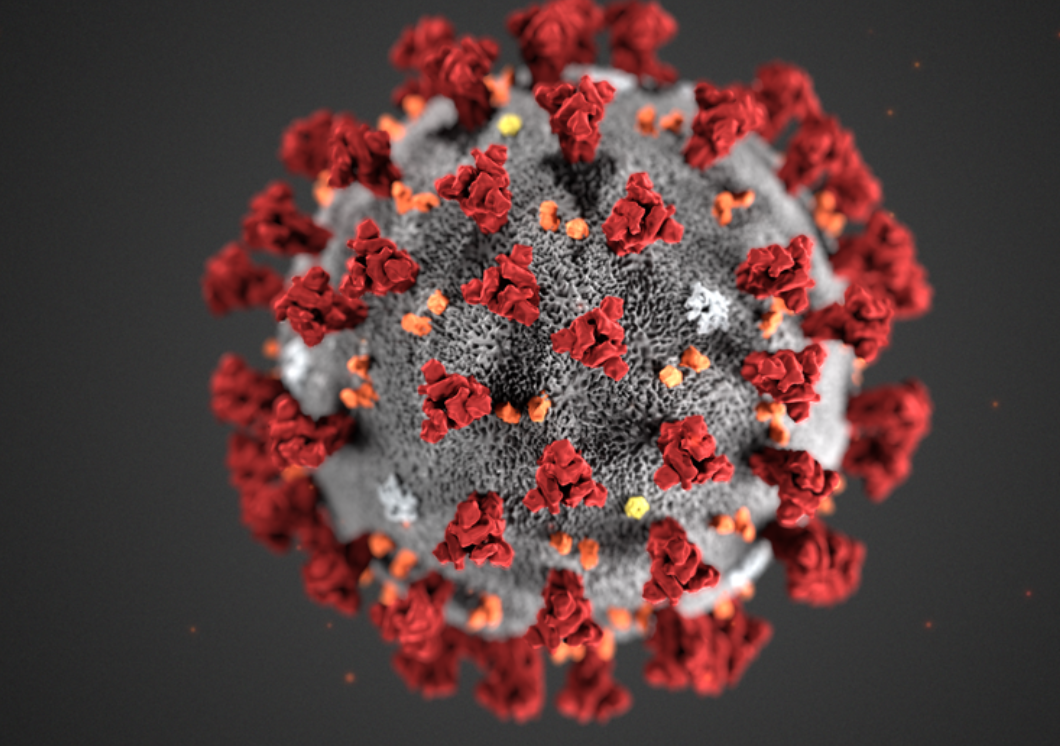|
 Over three-quarters of Illinois counties at 'warning' level for COVID-19 (Health News Illinois 8.30.2021) Over three-quarters of Illinois counties at 'warning' level for COVID-19 (Health News Illinois 8.30.2021)
More than three-quarters of Illinois’ 102 counties in the “warning” level for increased COVID-19 activity fell slightly last week, according to the Illinois Department of Public Health.
The 78 counties at the “warning” level are up from 64 counties the prior week.
The department also announced Friday that nearly 78 percent of Illinois adults have received at least one dose of the COVID-19 vaccine. Additionally, 61 percent of Illinois adults are fully vaccinated, according to Centers for Disease Control and Prevention data.
About 76.2 percent of residents 12 and older have had at least one shot, and 59.1 percent are fully vaccinated.
Illinois vaccinators have administered 13,914,213 doses of vaccine. The seven-day average of doses administered is 24,056.
There were 25,636 new COVID-19 cases reported last week, a 3.9 percent increase from the prior week. There were 174 more deaths reported last week, a 38.1 percent increase from the prior week.
The new cases bring the state’s total to 1,508,005 cases, while the death toll is 23,889.
The preliminary seven-day statewide positivity for cases as a percent of total tests is 5.2 percent. The preliminary seven-day statewide test positivity rate is 5.7 percent.
As of Thursday, 2,240 Illinoisans were in the hospital with COVID-19, up 240 from the prior week. Of those patients in the hospital on Thursday, 500 were in the ICU, up 32 from the prior week, and 253 patients were on ventilators, up 19.
IDPH reported 3,482 cases of the B.1.617.2 variant, also known as the delta variant, as of Friday. Additionally, the department has started to report three delta sub-variants, AY.1, AY.2, and AY.3.
The department reported:
· Two cases of AY.1.
· 22 cases of AY. 2.
· 800 cases of AY.3.
· 7,059 cases of the B.1.1.7 variant, also known as the alpha variant, which was discovered in England in November.
· 112 cases of the B.1.351 variant, also known as the beta variant, which was discovered in South Africa in October.
· 2,677 cases of the P.1. variant, also known as the gamma variant, which was discovered among travelers from Brazil after arriving in Japan in January.
###
|